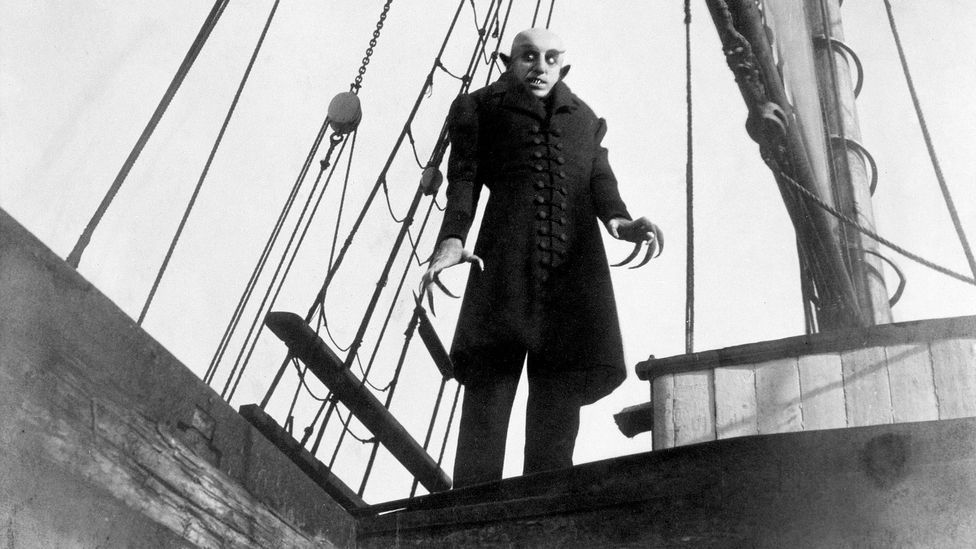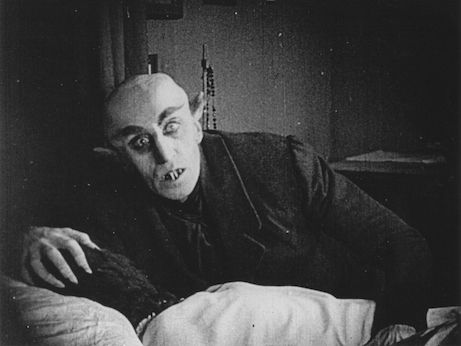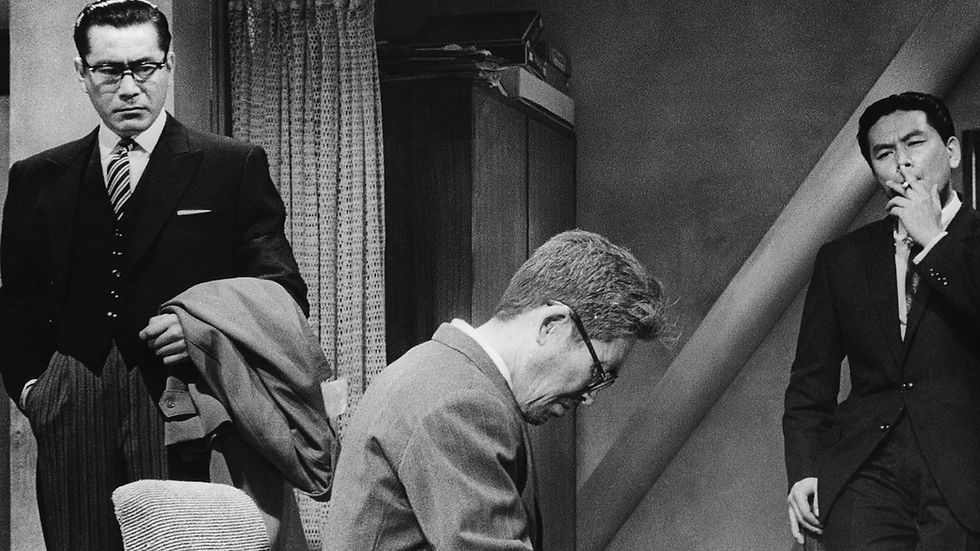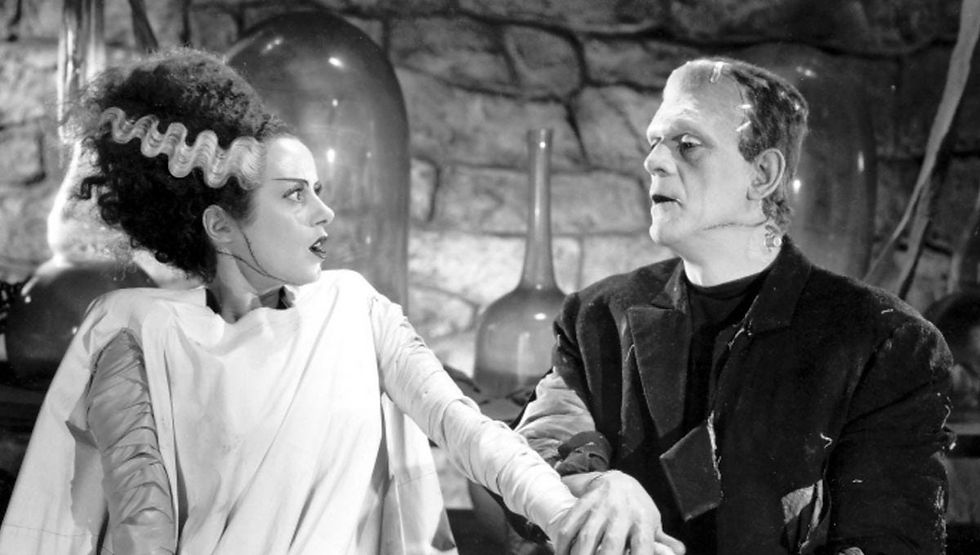Nosferatu (1922) Review - Dylan McCully
- Dylan McCully
- Sep 22, 2023
- 2 min read
Written by Dylan McCully, 10/20/22
Dylan McCully's Cinema: https://www.imdb.com/list/ls521125877/

When looking back at the key films of the German Expressionist movement, it's impossible to look past FW Murnau's enduring classic of the horror genre - Nosferatu. A century has past since the release of Nosferatu and the eerieness holds up better than any pre-60's horror movie. Whether it be the iconic yet not terribly frightening Universal monster movies or the low-budget drive-in horror flicks, none capture the environment needed for a timeless scare like Nosferatu does.

"It is commonplace to say that silent films are more “dreamlike,” but what does that mean? In “Nosferatu,” it means that the characters are confronted with alarming images and denied the freedom to talk them away. There is no repartee in nightmares. Human speech dissipates the shadows and makes a room seem normal. Those things that live only at night do not need to talk, for their victims are asleep, waiting." - Roger Ebert
Everybody knows the story of Dracula by now, a man moves to Transylvania, everyone is frightened of the evil count who lives in his castle, it turns out he's a vampire, yada yada yada. Although narratively it is a little shaky, what makes this film the best adaptation of Dracula is the man of the hour himself, Count... Orlok. Because this was an unauthorized adaptation, they had to change some names. Nonetheless, Max Schreck is the creepiest portrayal of Dracula ever put on screen. The silent era demands a more exaggerated physically exaggerated style, which is sometimes offputting, but Nosferatu seems all too real. The costume and make-up makes the still image of Nosferatu and unsettling one (see the Spongebob episode "Graveyard Shift" which has a brief Nosferatu appearance at the end. It probably scared countless kids.) but the use of silhouette, stiff motions and facial expressions make the experience much more vivid, like the boogeyman you would see in a nightmare. The best scenes in the film are the creepiest, like Nosferatu rising out of his coffin or simply walking up the stairs.

Although the Universal Dracula is considered to be the start of the horror genre, I would actually say that lies here. The 1931 Dracula isn't scary, it's a great movie, an iconic movie, but by today's standards there is nothing that will give you nightmares. Nosferatu isn't immediately terrifying, nor does it contain the truely frightening imagery of the latter-day horror classics. What Nosferatu does do, though, is create the format for horror movies, without feeling like it's following a format. One hundred years after Nosferatu's release, most horror movies feel bland and forced. Even horror movies in the 30's to 50's felt lame a lot of times. Although horror and film in general has changed so much over the course of a century, timeless films remain timeless, and there is no horror movie more timeless than FW Murnau's Nosferatu. 8.5/10
F.W. Murnau Ranked
Nosferatu (1922) - 8.5/10






Comments